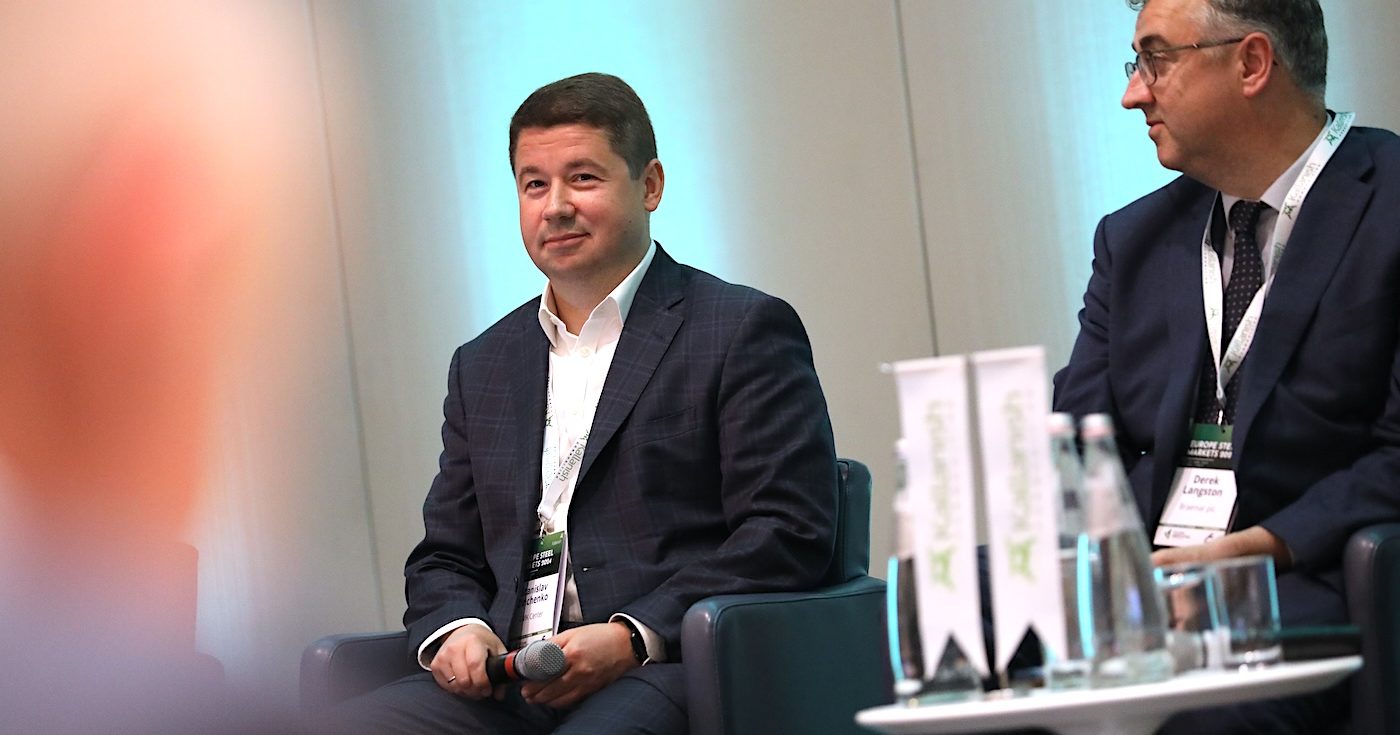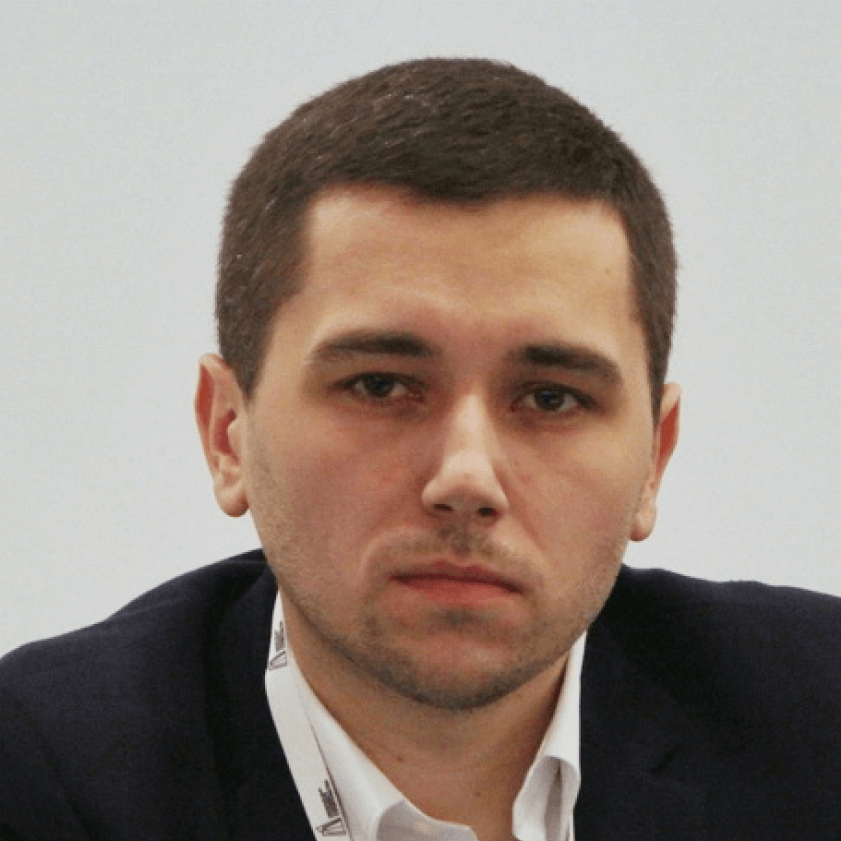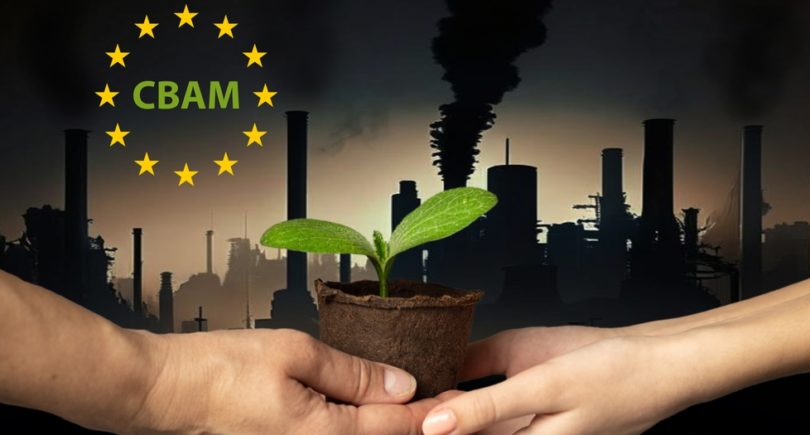
Opinions Green steel electricity prices 350 24 June 2025
Green steel could become a luxury only a few countries can afford
The EU’s green steel revolution has begun. Blast furnaces are being replaced by electric arc furnaces (EAFs), coal is making way for hydrogen, and and the production of steel with high CO2 emissions is being phased out. But there’s a problem – Europe doesn’t have enough cheap, clean electricity to power this transition. And if this isn’t solved, green steel could become a luxury only a few countries can afford. GMK Center has published a new study on this issue: “EU Electricity market: challenges for green transition in steel industry”.
According to Eurofer, the European steel industry’s electricity demand will:
- Double by 2030;
- Increase fivefold by 2050 to 400TWh, so steel industry will consume in 2050 the same electricity volume as France currently.
Where will all this power come from?
The EU’s answer is clear: renewables, renewables, renewables. Wind and solar are expected to cover the bulk of the steel industry’s exploding electricity demand, supported by nuclear in countries like France and Sweden. By 2030, the bloc aims to get 42.5% of its energy from renewables, with ambitions reaching even higher. But scaling up green power fast enough won’t be easy.
First, permitting and infrastructure bottlenecks are slowing down wind and solar projects. A single onshore wind farm in Germany can take 6-10 years to approve, while grid connections often lag behind. Second, intermittency remains a huge problem. Steel plants can’t afford to shut down when the wind doesn’t blow. That means massive investments in energy storage, hydrogen buffers, and grid flexibility are needed, but these solutions are still in their infancy.
The EU is betting big on offshore wind and green hydrogen corridors, but if deployment falls behind schedule, steel decarbonization could hit a serious energy crunch. Renewables alone might not be enough. Nuclear, grid expansion, and even temporary gas backups may be necessary to keep steel business running.
Another challenge – not all EU countries are equal when it comes to green steel. Electricity prices could kill green steel projects before they start. For example, if power hits $100/MWh, electricity exceeds 40% of production costs, potentially making green steel unprofitable. Electricity prices will make or break competitiveness.
The Winners (сheap and clean electricity):
- France (nuclear + renewables)
- Spain (massive wind & hydro)
- Austria (hydro and wind)
- Nordics (abundant green energy)
These countries have low-carbon, affordable electricity, perfect for hydrogen-based steelmaking.
The Losers (high-cost, fossil-dependent): Italy, Poland, Bulgaria, Romania. These countries are still reliant on gas & coal, that exposed to EU ETS carbon costs.
European electricity market is fragmented. Right now, Spain’s electricity is 2-3x cheaper than Italy’s. Result? Steelmakers in low-cost countries (France, Spain) will thrive, while those in high-cost zones (Italy, Poland) face extinction.
So, steelmakers could face:
- Electricity shortages. What if there’s not enough green power for steelmakers by 2030? It will ll lead to higher electricity prices.
- Price volatility, weather dependence. Wild swings in power costs make long-term planning impossible.
- Carbon leakage even within the EU. If steel gets too expensive, production moves to other countries with lower energy costs.
But Europe can fix this by:
- Massive grid expansion: more cross-border links to balance prices. But some EU members prioritize self-sufficiency over cross-border cooperation. A potential challenge also lies in financing, as private investors cannot shoulder the multi-billion-dollar burden. Additionally, alongside interconnectors, regional grids also need reinforcement.
- Nuclear & renewables boom, maximum stimulating policies to increase power supply. But here we face with «energy trilemma» challenge: balancing affordability, investment attractiveness, and supply reliability. Cheap prices discourage investment in new capacity. It could be fixed through Feed-in tariffs, Contract for difference or other similar mechanisms, that could be considered as state subsidies.
- Industrial electricity price caps and subsidies, EU is debating subsidized rates for steelmakers, that could be only as temporary measure. Once you rely on subsidies, it’s hard to break the dependence.
- Hydrogen imports. Could North Africa supply cheap green H2 to Italy & Germany? To be honest, I don’t really believe in this. Countries that have the capabilities of cheap hydrogen will strive to export not hydrogen, but energy-intensive low-carbon products based on hydrogen usage.
Without urgent action, green steel will only work in a few lucky countries. Policymakers must intervene or some countries will face with deindustrialization risks.





